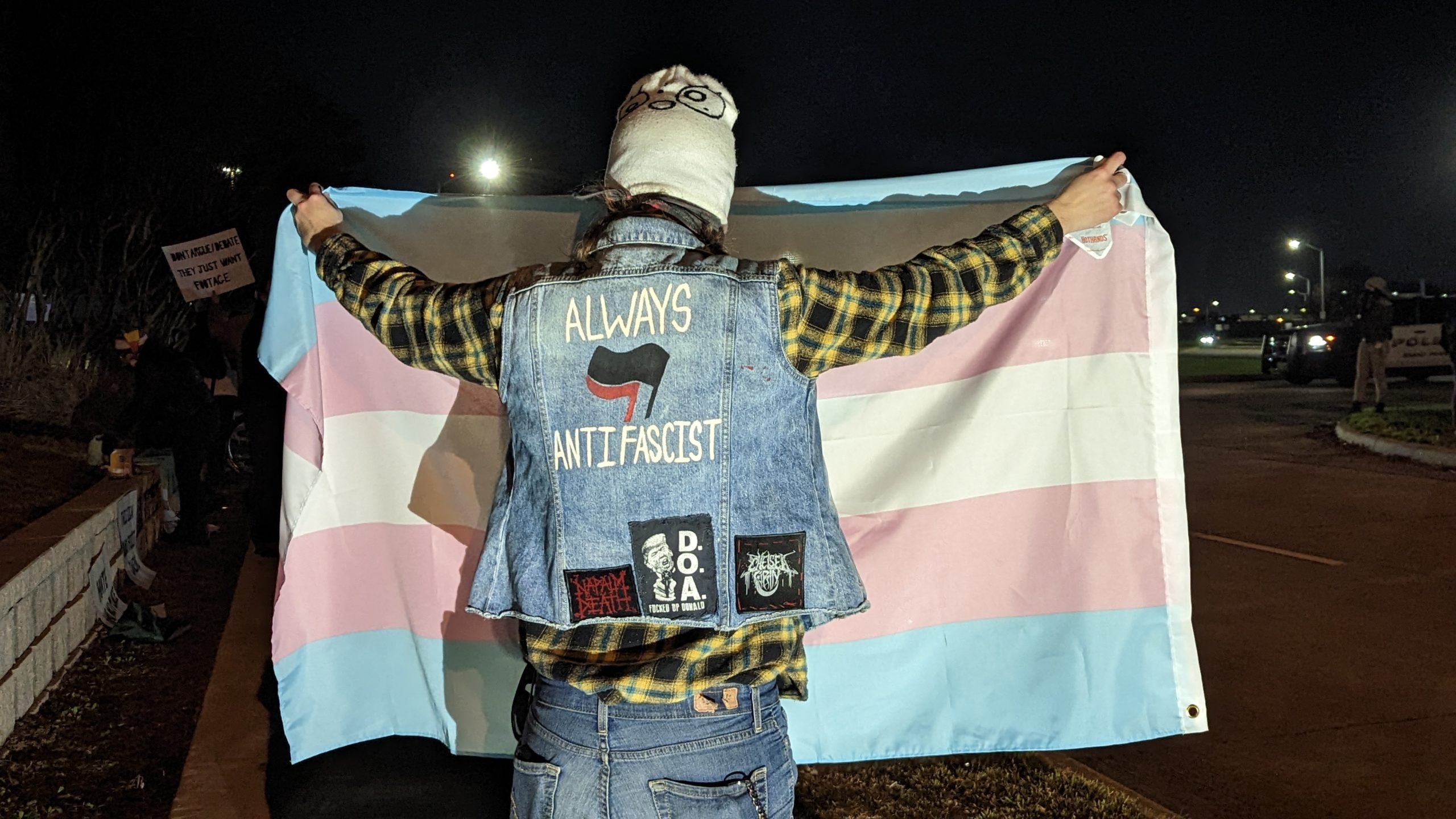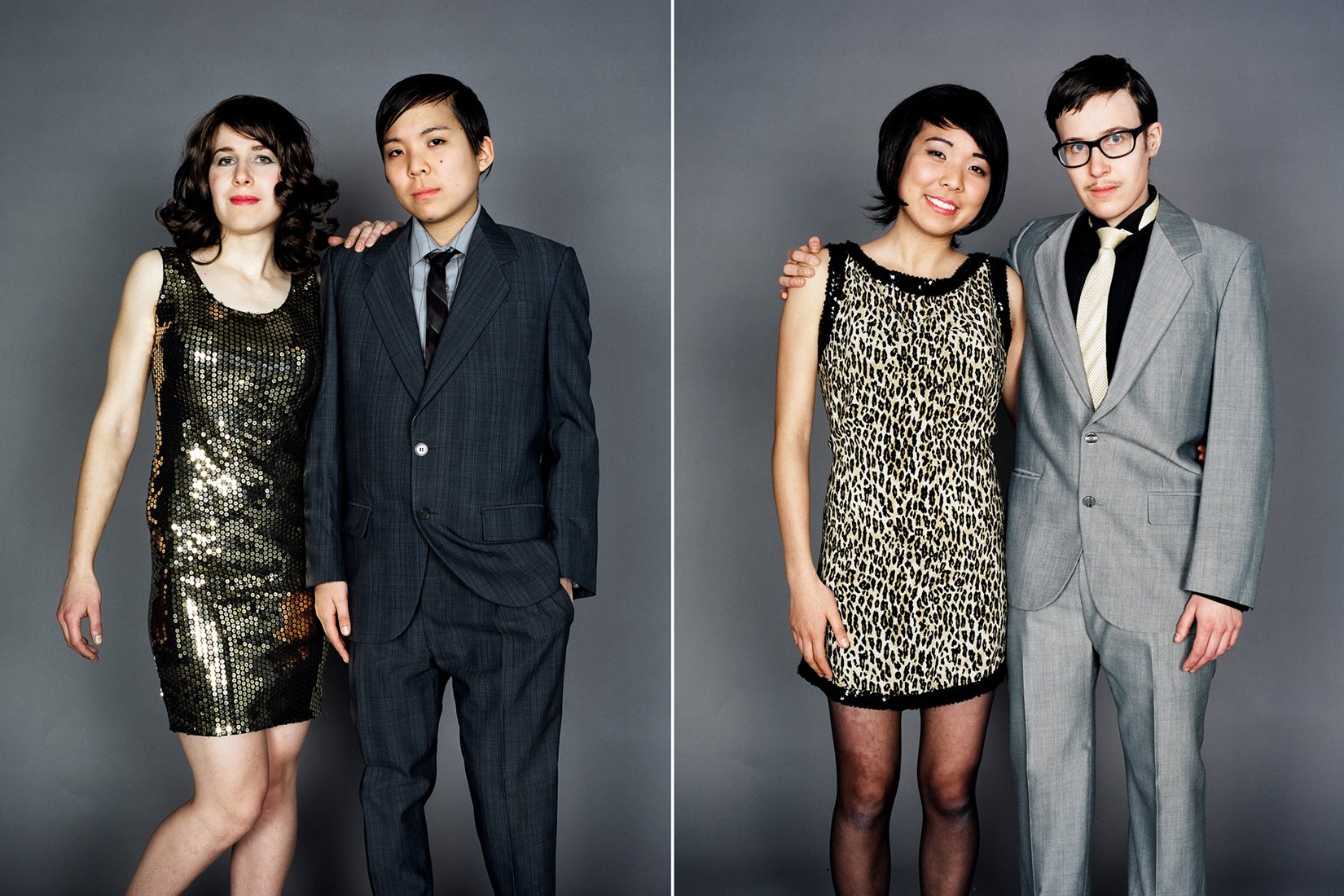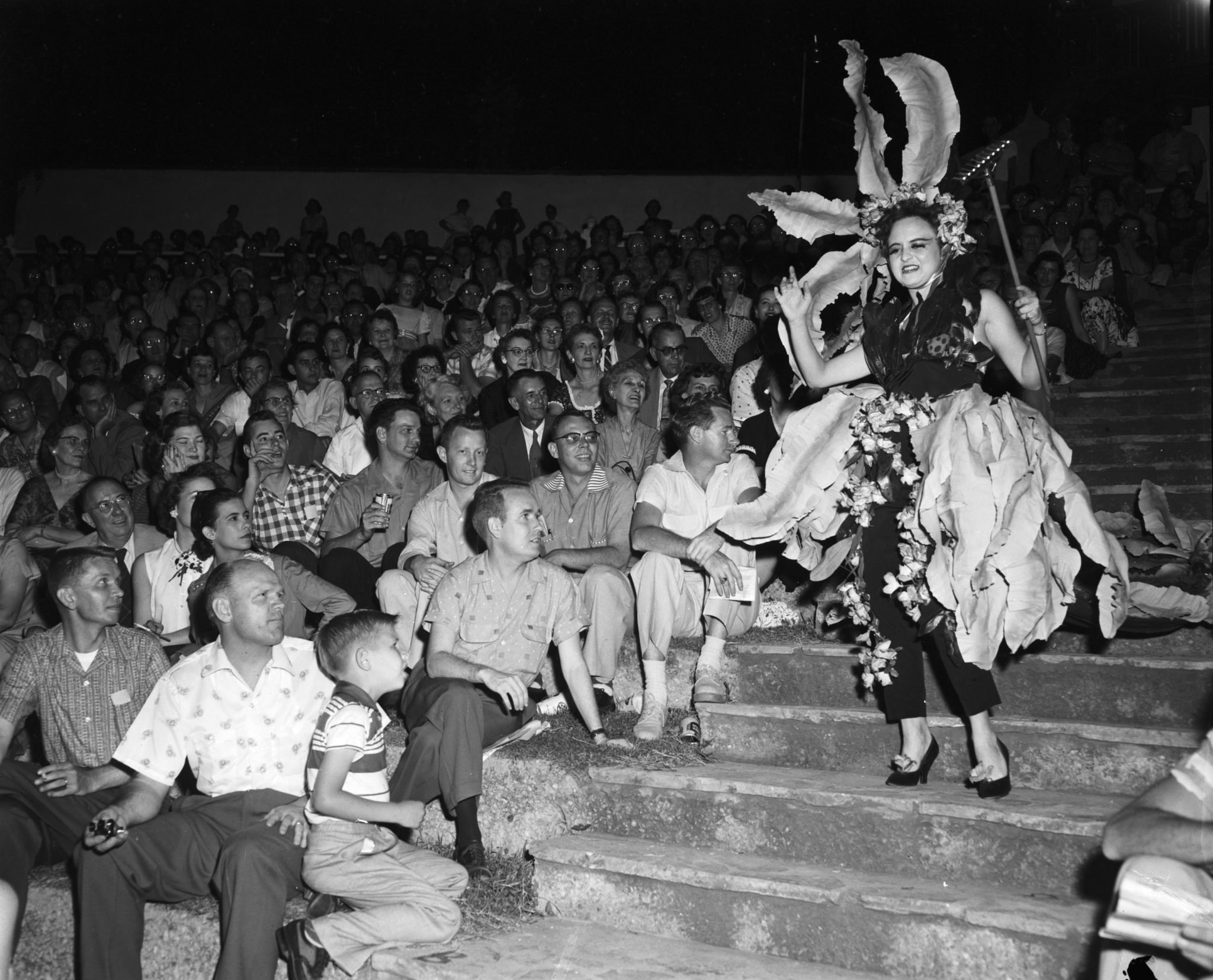
‘Cornyation’ Celebrates San Antonio’s Most Fabulous Fiesta Tradition

‘Cornyation’ Celebrates San Antonio’s Most Fabulous Fiesta Tradition
Amy Stone’s new history of Cornyation pays tribute to the closeted men and women who started the 66-year-old satirical extravaganza.
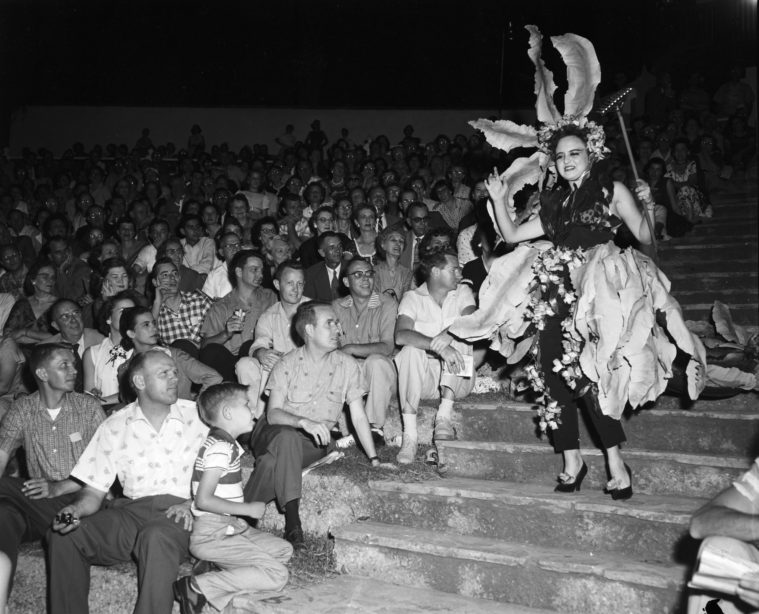
One April afternoon a few years ago, Trinity University sociologist Amy Stone went to the Coronation of the Queen of the Order of the Alamo in downtown San Antonio. For more than a century, the event has featured mostly white, upper-class debutantes in glittering ball gowns. Orchestral music plays as the young women walk toward a decorated stage, sequined and embroidered trains trailing behind them. That day, however, Stone heard concerned whispers from the two Hispanic women seated next to her. Her neighbors had mistakenly bought tickets to the wrong event. “They’d wanted tickets to Cornyation, not the coronation,” Stone says. “They were like, ‘But we have our cascarones in our purses, ready to throw!’’”
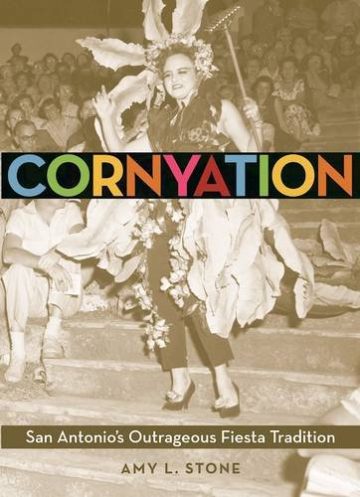
by Amy L. Stone
MAVERICK BOOKS / TRINITY UNIVERSITY PRESS
$24.95; 162 pages Trinity University Press
Cornyation has long been one of the best-kept secrets at San Antonio’s annual citywide Fiesta. Complete with drag queens, elaborate musical numbers, over-the-top costumes and characters whose titles mock the absurdity of Fiesta royalty (“Queen of Mascara,” “Duchess of Poultry”), the show has satirized everything from local politics to the late North Korean dictator Kim Jong-il. Stone’s new history of the show pays tribute to the closeted men and women — theater directors, fashion designers, performers and stagehands — who started the satirical extravaganza in the 1950s, when campy humor was one of very few creative outlets available to LGBT San Antonians. “There’s a saying about camp — it’s a lie that tells the truth,” Stone says. “It can be something so out there, so extreme, but with a kernel of truth in it. Cornyation has served that function for years.”
Today, the show has grown into a major charity event, raising more than $2 million for HIV/AIDS-related nonprofits since 1991. It also attracts a diverse crowd that includes families, City Council members and even the same Fiesta royalty targeted by the show. “You never know who you’ll run into at Cornyation,” Stone says. She spoke with the Observer about the show’s colorful history. Cornyation 2017 runs from April 25 to April 27.
Q: How did Cornyation begin?
Amy Stone: Joe Salek was the newly hired director of the San Antonio Little Theater, which is now the Playhouse. He came to town and went to the Coronation of the Queen of the Order of the Alamo — a huge debutante festival that happens as part of Fiesta. He came back from it and said to his colleagues at the theater, ‘I sure would like to do a satire of that sometime.’
The first court was called the Court of the Cracked Salad Bowl, and the king was King Anchovy, because, you know, in the 1950s salads had anchovies in them. And it was so popular in its first year that it became a recurring thing.
You couldn’t be openly gay in 1950s San Antonio, but the rules went out the window during Cornyation.
During festivals, people have just a little more license to be out there and creative. It’s a time of release, a time of satire, where you make fun of the status quo. Cornyation was that event at a time when the rest of San Antonio’s Fiesta was very elite. It was very middle-class, and people from all over the city could take part and use it to make fun of elite culture.
It was silly and out there, but it was also taken seriously. The newspaper covered it every year. In the late ’50s and early ’60s, the city had a lot of political scandals, and those featured heavily in the show. It was the little people speaking back.
Any particular satirical targets that were your favorites?
I really loved it when they would poke fun at city politics. Particularly, I really liked the Duchess of the Policeman’s Ball, which was about a police sex scandal, and some of the ones about corrupt City Council members. It’s a really entertaining but insightful way of criticizing local politics.
You write that during the Cold War, the show targeted the House Un-American Activities Committee.
That was really when things started to get a little racy. I was pretty surprised when I read the script — how explicit it was about targeting the space race with the Soviet Union. They even referenced Marxist politics and the Vanguard satellite. All this was very daring for the 1950s and San Antonio, Texas, to talk about these issues so glibly.
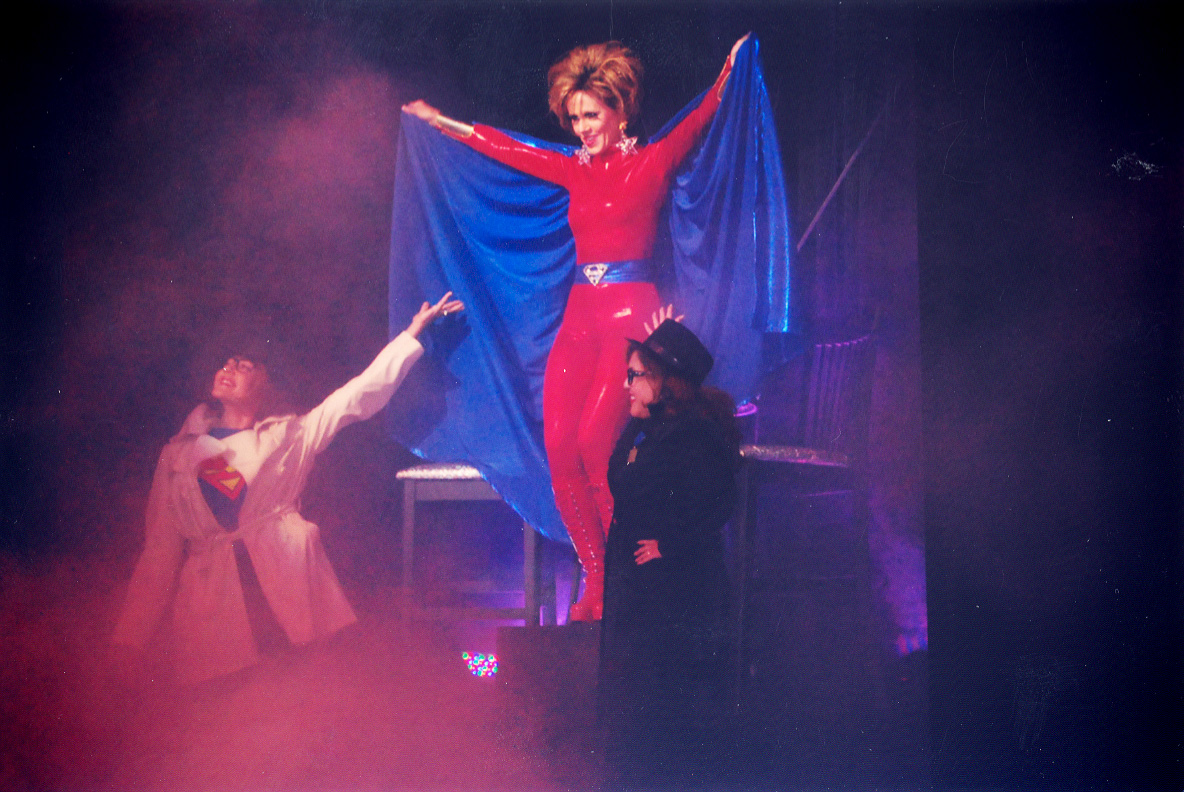
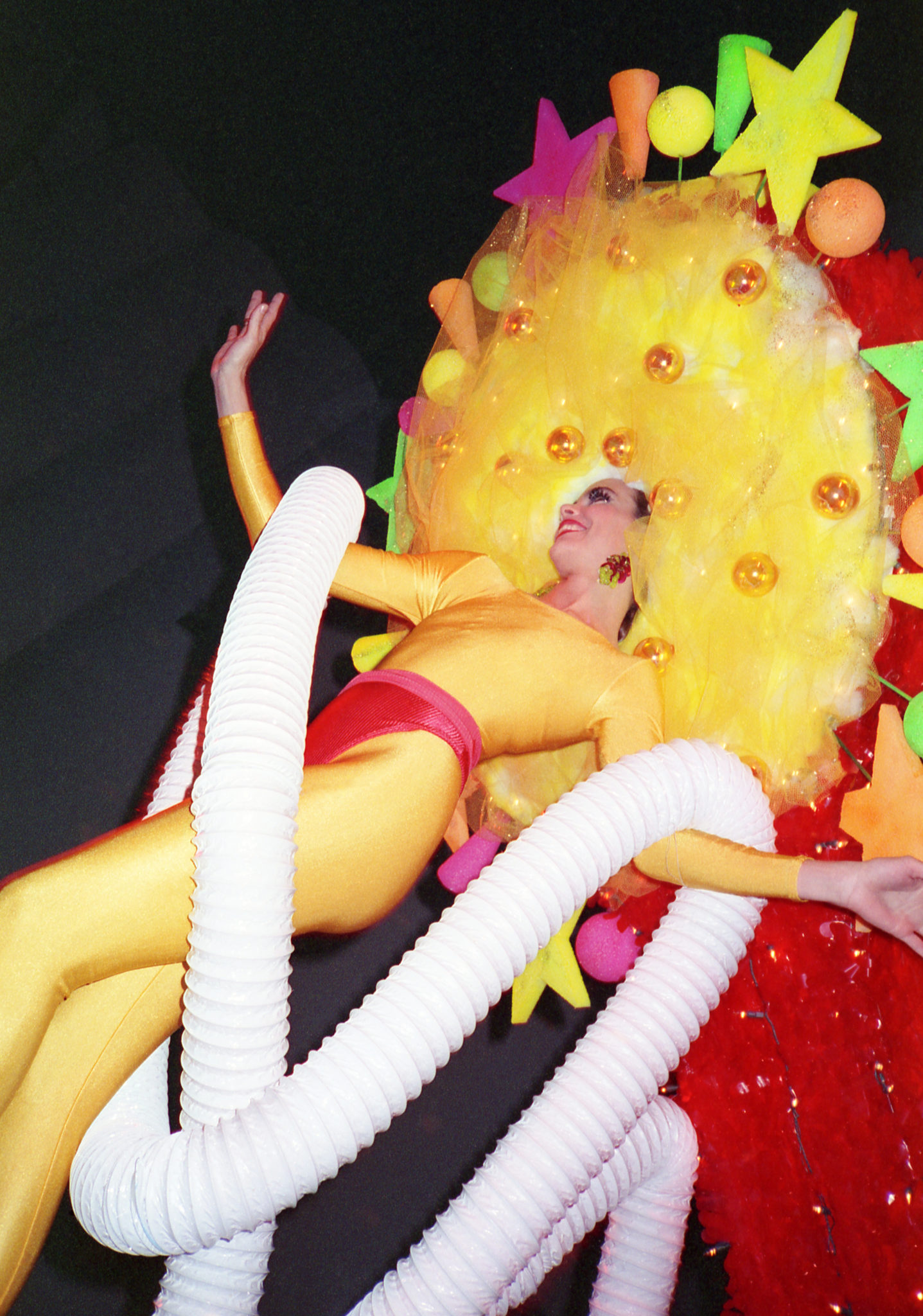
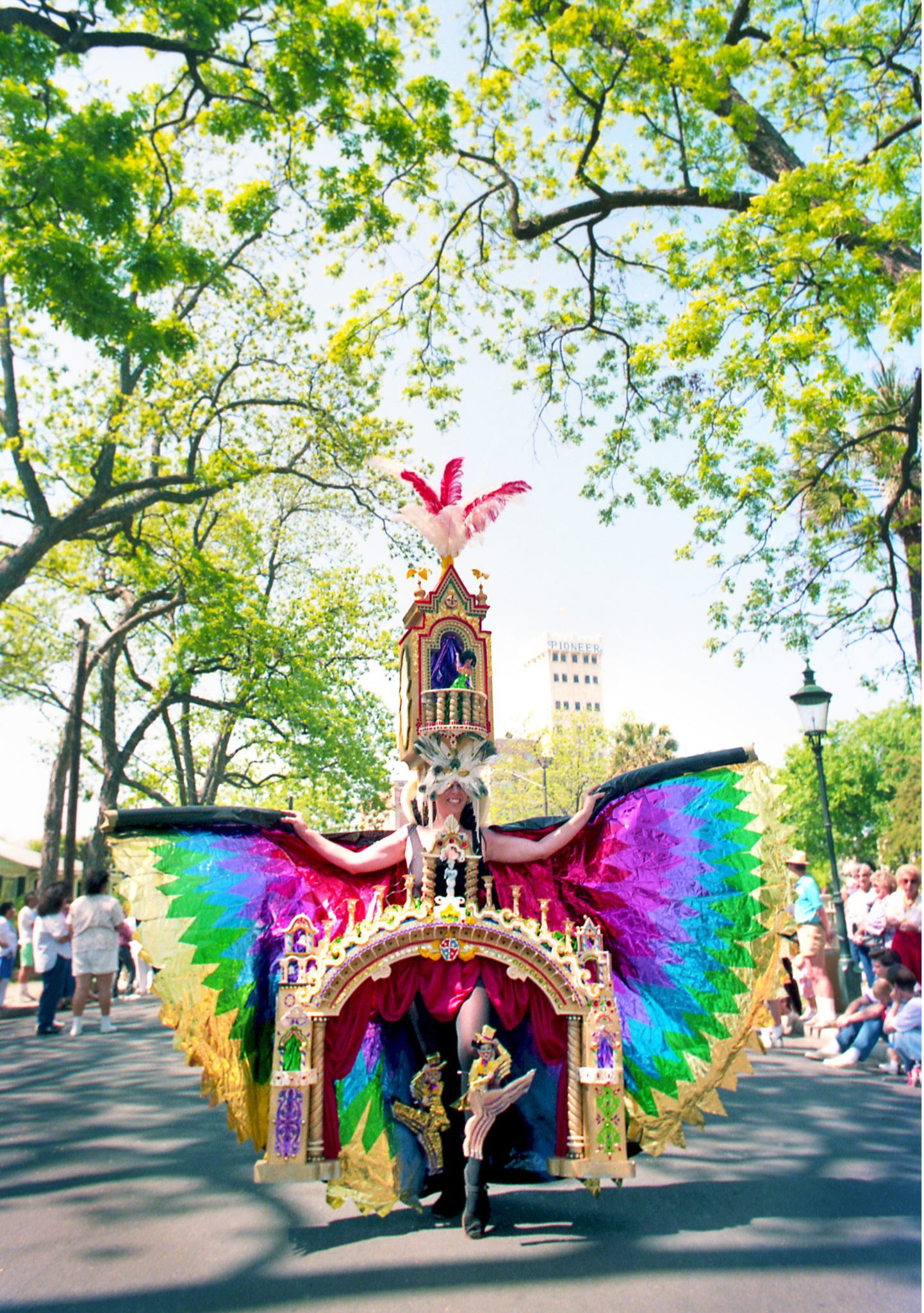
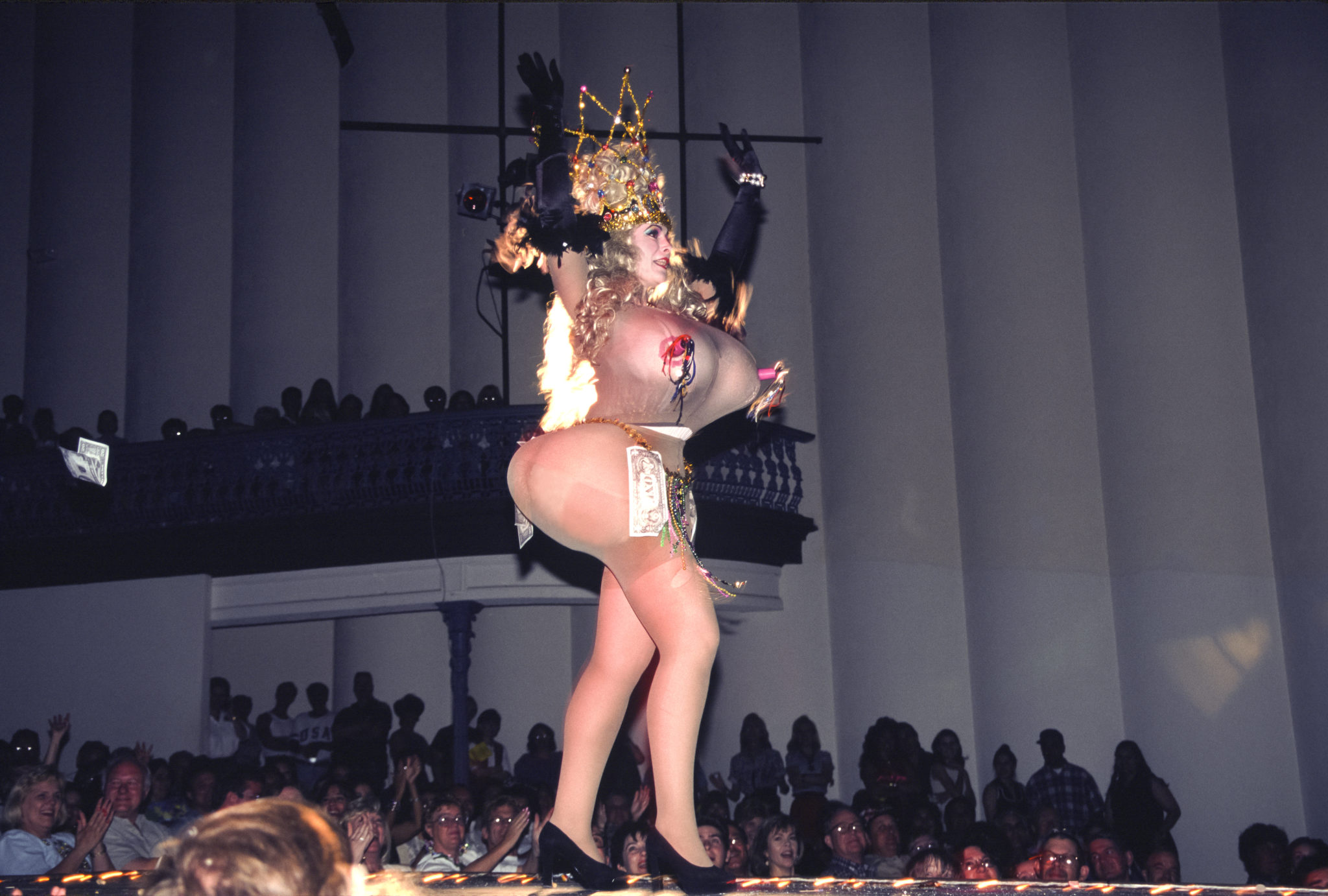
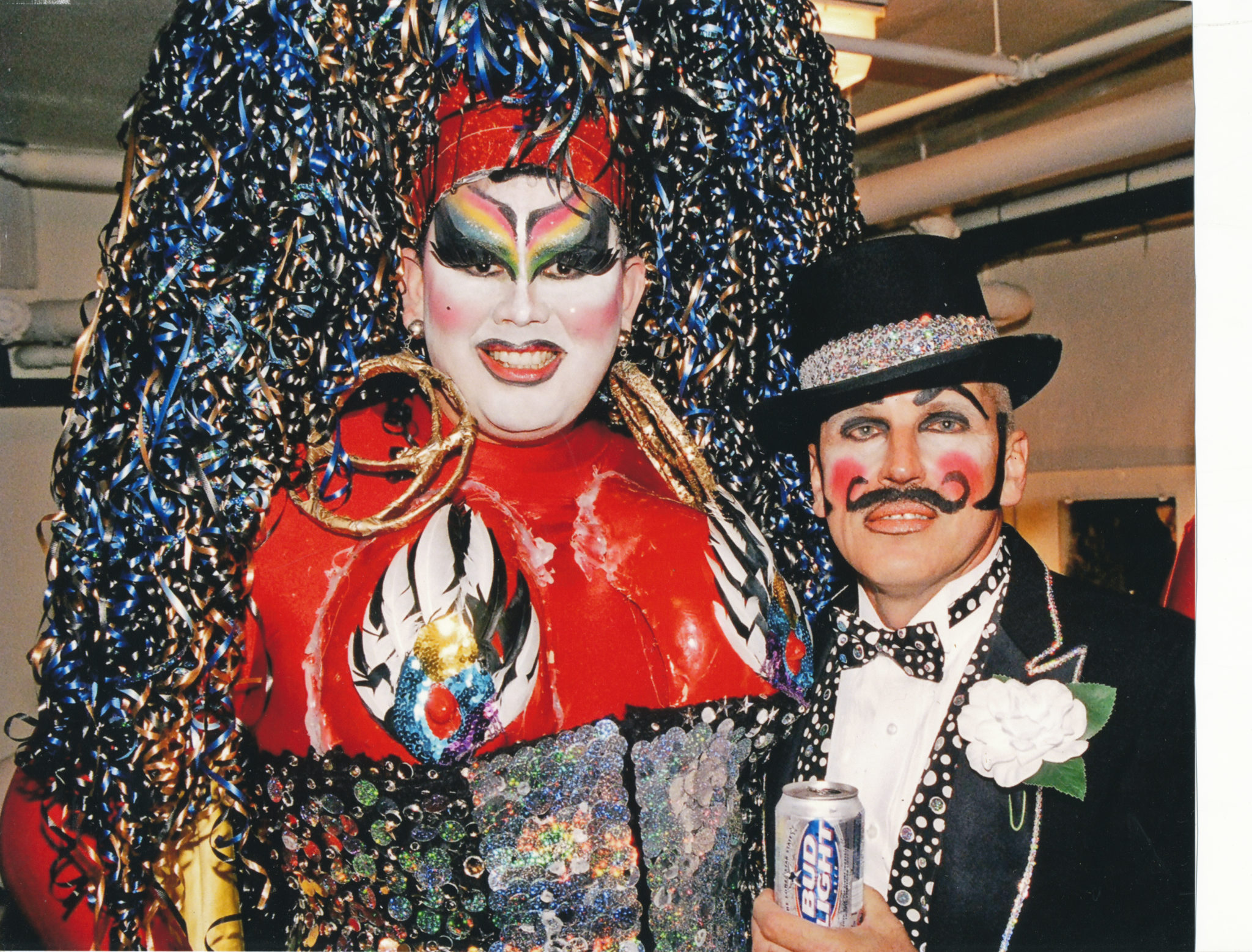
Did they ever push it too far and face retaliation?
Yes, in the ’60s. Shortly before they got kicked out of the Night in Old San Antonio event by the Conservation Society [the show was canceled from 1965 to 1982]. They had the Duchess of the More-the-Marrier, who actually was hugely pregnant. And this was at a time when pregnant women weren’t seen on TV or onstage, so it was controversial. Not only that, but they made fun of the Kennedys. They also referenced birth control, which was very daring at the time.
Cornyation costumes are a mix between cheaply made outfits and extravagant costumes designed by professionals at the top of their field. What were some of the most outlandish?
There’s so many. One of my favorites is the 1982 Queen of the Leather Scene, who had a very tawdry aesthetic. She has handcuffs hanging from her headpiece. I also really love Robert Rehm’s Eternal Phoenix. It was so elaborately well done, by someone who is such a visual artist. I knew when I started writing the book that that picture had to be in it. … It was iconic to the show at the time. The 1980s really raised the bar on what it meant to be a Cornyation designer.
You write that the show’s use of camp was cutting-edge nationally.
Most often, when you see scholars writing about camp, they’re writing about something, especially from this time period, that is performed for a gay audience. What’s different about Cornyation is that it’s always had a very public audience, essentially a family audience. Some years 5,000 to 8,000 people went. From the gay history perspective, that makes it very interesting. Those in the know got it, and those who weren’t thought the costumes were funny [laughs].
Do you think Trump will be a target of this year’s show?
I haven’t gotten a sneak peek. Over the years, the show has broadened from satirizing Fiesta itself, to local politics, to national politics and celebrities. There’s a skit I love with Brad Pitt and Angelina Jolie, making fun of how many children they have, where they pull this giant string of babies out. … One of the fun things about Cornyation is that the first show is also the dress rehearsal, so you never know quite what to expect.
This interview has been edited for length and clarity.
Opening photo: Jeanie Pancakes as Queen of the Leather Scene, designed by John Shown. Accompanied by Sterling Houston and John Dimler. Courtesy the Institute of Texan Cultures.
